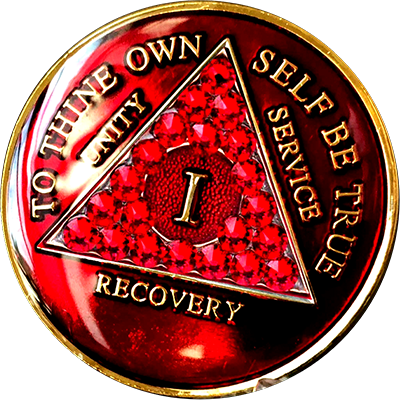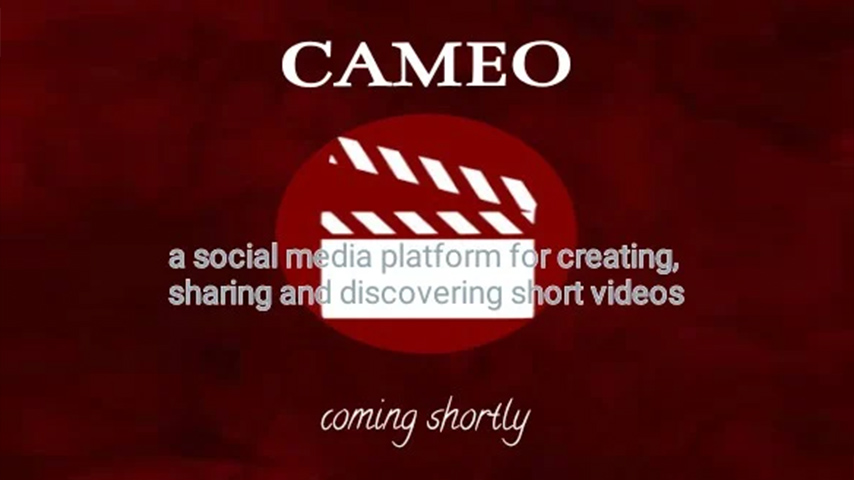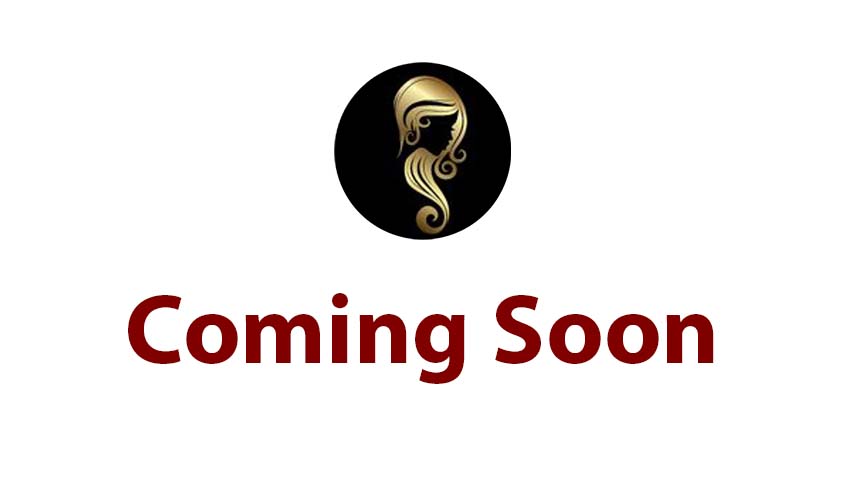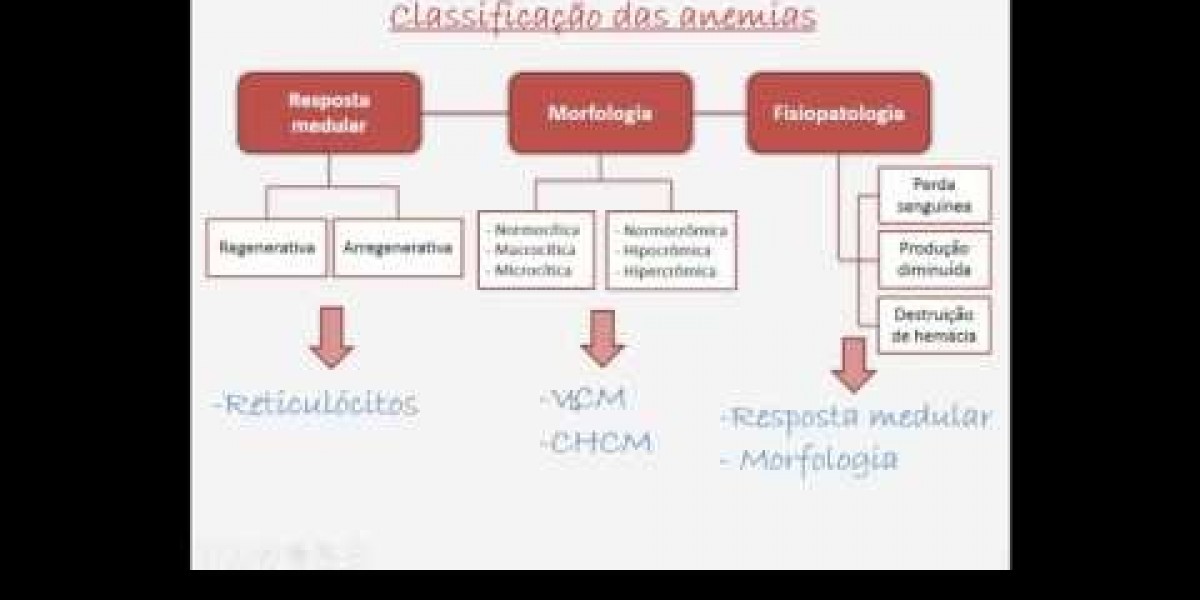In today’s fast-paced, globally competitive landscape, organizations can no longer treat strategy and execution as separate silos. As someone leading transformative projects in supply chain, manufacturing, and business digitization, Craig understands that true business performance comes when strategy and execution are tightly integrated—and when technology, processes, and people move together toward a common goal.
Defining Strategy with Clarity
Every transformation must begin with a clear, well-articulated strategy. For manufacturing and supply chain, this means defining:
- What the business aspires to achieve (e.g. faster time to market, reduced waste, increased quality, improved customer satisfaction).
- Why these goals matter—both in financial terms (cost savings, higher margins) and in strategic imperatives (customer loyalty, regulatory compliance, environmental impact).
- Where the unique opportunity lies—whether that’s in digitizing shop-floor operations, automating procurement, improving demand forecasting, or integrating suppliers more closely.
Strategy becomes the guiding star—without it, execution can drift, technologies may misalign, and teams can pull in conflicting directions.
The Technology Enabler: Digitization & Data
Bridging strategy to execution often hinges on the right technology—digital platforms, data analytics, IoT, automation, and integrated systems. Key enablers include:
· Real-time data visibility across the supply chain and factory floor. When you know what’s happening as it happens, you can make better decisions.
· Analytics and predictive capabilities to anticipate disruptions (e.g. supply delays, quality issues) rather than merely reacting to them.
· Automation and robotics to standardize repetitive tasks, improve consistency, and free human capacity for higher-value work.
· Cloud and edge computing to ensure scalable, flexible, and resilient infrastructure.
But technology on its own does not deliver performance—it must be closely aligned to your strategic objectives.
Human Capability & Organizational Alignment
Execution falters if the workforce isn’t ready. To unlock real performance:
· Build skills and mindsets—train employees on digital tools, lean principles, process improvement.
· Cultivate cross-functional collaboration—operations, supply chain, IT, HR, finance all need to work together.
· Use change management to ensure buy-in: people must understand the purpose, the benefits, and their role in the change.
· Set up governance and metrics so progress is measured, accountability is clear, and feedback loops enable continuous improvement.
From Strategy to Execution: Key Steps
Putting it all together requires a disciplined approach:
1. Strategic planning workshop — engage key stakeholders, map out goals, risks, resources, timeframes.
2. Capability assessment — evaluate current processes, technologies, people; identify gaps.
3. Roadmap development — sequence transformation initiatives, define milestones, map dependencies.
4. Pilot & scale — test in a limited context, learn, refine, then roll out more broadly.
5. Measure & iterate — establish KPIs (e.g. lead time, defect rate, cost per unit, customer satisfaction), monitor, and adjust.
To see a vivid example of what this looks like in action—from strategy to execution—watch this presentation: YouTube – Transformative Business Performance Video
The Bottom Line
Unlocking real business performance isn’t just about having a brilliant strategy—it’s about execution. It’s about technology that supports those strategic aims, and people who are aligned, skilled, and committed. For leaders like Craig, the triumph comes when goals, tools, processes, and people all pull in the same direction—yielding measurable impact: faster throughput, lower cost, fewer errors, more innovation, better service.
Register now to join our upcoming webinar where Craig will walk you through frameworks, case studies, and tools that take you from strategic intent to operational mastery. Don’t miss the chance to transform your business performance from the inside out.































